1. They Keep Every Calendar They’ve Ever Used

Hanging onto old calendars may seem sentimental or quirky, but it’s actually a strategic timeline. Calendars provide a detailed record of what someone was doing, thinking, or prioritizing at specific points in their life. That kind of specificity is gold for anyone trying to reconstruct a personal narrative. Filmmakers and biographers often use these to verify events or locate patterns.
Even mundane entries like “Dentist, 2 p.m.” or “Lunch with Jason” give insight into daily life. Over years, these notes form a living document of relationships and routines. So when someone keeps them all neatly stacked in a box, they’re not hoarding—they’re building a timeline. It’s the paper trail of a life worth documenting.
2. They Save Newspaper Clippings—Even of Themselves
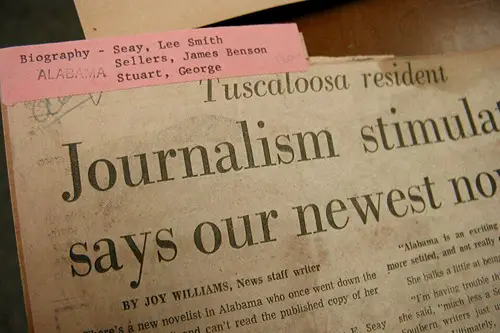
If you’ve seen a manila folder labeled “Press,” “Local News,” or “That Time I Was in the Paper,” you’ve found a self-archivist. People who save news clippings of themselves or their family are preserving third-party validation—something documentarians often chase. These clippings provide context, time stamps, and public perception, all in one fragile page. Even if it’s just a neighborhood event, it holds narrative value.
Physical media is surprisingly rare now, which makes these archives even more unique. When someone actively cuts out and files these moments, they’re acknowledging their life’s historical intersections. This behavior isn’t about ego—it’s about witnessing. And that instinct is exactly what fuels powerful biographies.
3. Their Photos Are Digitized—and Backed Up Twice
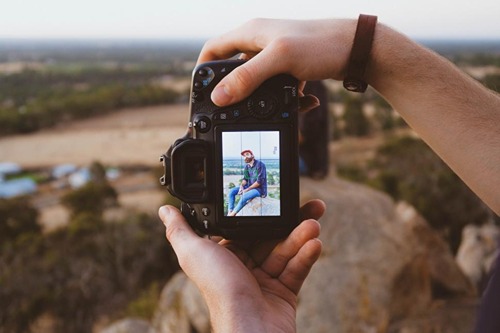
If they’ve gone through the painstaking process of scanning old photos and storing them in cloud and physical formats, they’re thinking beyond personal use. Digital preservation is a core principle in documentary work, where redundancy is key to avoid catastrophic loss. Two backups—one cloud, one physical—match the industry standard for safeguarding archives. It’s not just tech-savvy; it’s legacy-aware.
This behavior shows a commitment to protecting memories from fading, both literally and digitally. They’re also likely organizing these images chronologically or by event, which adds even more narrative value. It’s one thing to have photos; it’s another to make them usable for storytelling. If they’re doing this unprompted, they’re preparing their story for an audience—even if it’s decades away.
4. They Keep Voice Memos or Audio Journals

Maintaining a log of voice memos or personal audio recordings hints at a documentary mindset. Sound is deeply evocative and often used in nonfiction film to bring emotional immediacy to a story. These recordings might capture moments when writing felt too formal or slow—raw, unfiltered expressions of feeling. That kind of material is storytelling gold.
Audio journaling is also a recognized method for capturing personal history, often used by oral historians. It shows they value nuance in tone, hesitations, and the things that don’t always make it into writing. If someone is cataloging their thoughts this way, they’re preserving emotion as much as fact. And nothing says “I might be a future documentary subject” like a voice archive.
5. They’ve Saved Every Major Email Since 2002

If they can produce email chains from their college roommate about Y2K fears or a boss’s awkward 2008 pep talk, that’s not just nostalgia. Emails are timestamped, searchable, and full of personal and professional insight. They function like modern-day letters, and they’re often used in documentaries to recreate timelines or track decisions. Someone preserving them is thinking about historical value.
Keeping old emails also requires a level of digital curation—not deleting, archiving by folder, even downloading .pst files for safekeeping. That’s not typical user behavior; that’s low-key digital archiving. It shows they anticipate someone needing to understand their thought process and context years later. That’s not clutter—it’s character development material.
6. They Have a “Legacy Folder” With Their Important Documents
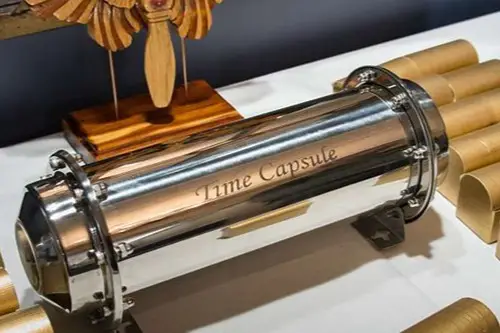
This could be a physical folder or a digital one, but if they’ve titled it “Legacy” or “When I’m Gone,” that’s a clear indicator. It’s not just about being prepared—it’s about creating clarity for future narrators. These folders often include letters, passwords, life lessons, and even music preferences for their memorial. That’s not estate planning; that’s storytelling from beyond.
This kind of habit is growing—services like Google’s Inactive Account Manager even prompt users to think about what happens to their data. People preparing for legacy often gather their key documents in one place for future access. If they’re doing this in their 30s or 40s, they’re not being morbid—they’re curating their own epilogue. And that’s exactly the mindset a documentarian hopes for.
7. They Keep Physical Artifacts of Their Childhood
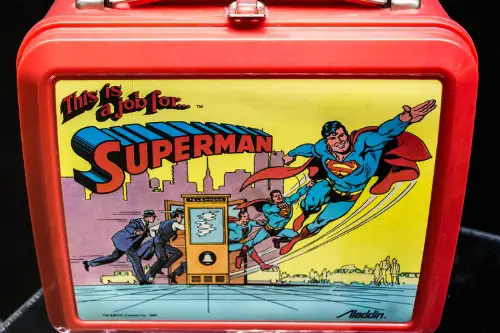
Holding onto an old lunchbox, a tattered blanket, or a third-place science fair ribbon might seem like sentimentality. But these tactile objects often serve as visual anchors in personal documentaries. They help audiences connect emotionally by grounding big stories in specific, relatable items. When someone keeps them organized and clean, they’re preserving props for their origin story.
Archivists and documentarians seek out such items because they visually cue memory and context. A stuffed animal isn’t just cute—it can become the centerpiece of a story about resilience or comfort. If someone’s held onto these items for decades, they know their emotional weight. That’s the kind of foresight that turns clutter into character-building.
8. They Keep a Running Document of “Life Lessons”
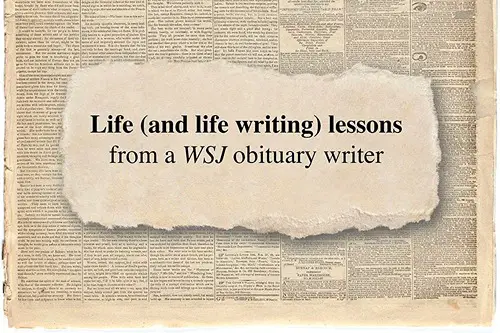
If someone maintains a list of what they’ve learned—phrases, reflections, turning points—it’s more than just self-help. That’s a raw script-in-progress. These notes often resemble the voiceover lines that open or close a documentary. “If I’ve learned one thing…” is how many stories begin or resolve.
This is a sign of someone thinking in narrative arcs, not just living day-to-day. They’re translating experiences into universal themes, which is the core of nonfiction storytelling. When people do this consistently over time, it’s like building a personal thesis statement. And if they ever go on camera, that doc already has its sound bites.
9. They’ve Created a “Life Playlist”
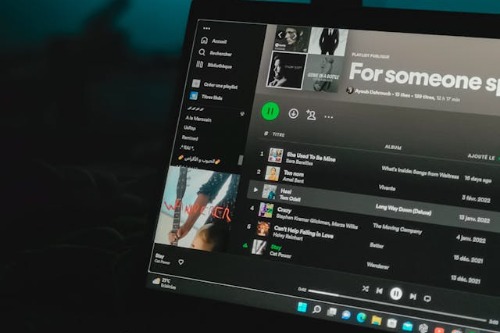
Whether it’s on Spotify, iTunes, or burned to a CD, a curated playlist of songs tied to life events is deeply intentional. Music licensing in documentaries is often based on songs that held real significance to the subject. If someone’s tracked their break-up anthems or graduation songs, they’re making the emotional roadmap of their life explicit. These soundtracks don’t just say what happened—they say how it felt.
Playlists like these often have notes or tags like “Mom’s favorite,” or “My first dance.” That emotional metadata is crucial for documentary storytelling. It allows future editors or family members to pair moments with the music that defined them. When someone organizes their life like a soundtrack, they’re already shaping their story’s tone.
10. They Label Everything Like a Museum Archivist
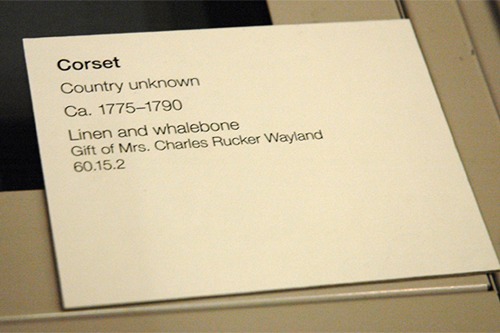
If every box, folder, and USB drive in their home has a neat, dated label, they’re not just being organized—they’re thinking long-term. Labeling is one of the most basic archival practices used by libraries and documentary filmmakers alike to maintain clarity over time. This habit suggests they anticipate someone else needing to navigate their belongings someday. It’s not just for their benefit—it’s for future eyes.
Labels also help prevent misinterpretation or loss of context, especially when it comes to personal items like photos or letters. A shoe box labeled “2009: Mom’s last birthday” says far more than one with no context. It’s the kind of precision that turns raw material into a story. And if someone’s that meticulous now, they’re likely curating a legacy, not just sorting clutter.
11. They Catalog Text Messages or Export Chats

Yes, some people really do export their texts or save long WhatsApp conversations to PDF. It’s tedious, but it turns ephemeral digital moments into tangible records. Texts often capture unguarded moments, humor, and real-time emotional responses. That rawness is valuable for building out the complexity of a person’s story.
Preserving digital dialogue also hints at emotional awareness—these aren’t just receipts, they’re relationships. When someone saves conversations with a partner, parent, or best friend, they’re archiving connection. It’s also a hedge against the fragility of tech platforms. That kind of foresight mirrors exactly how documentary researchers dig for overlooked threads.
12. They Have a Personal Website with a Bio That’s Been Updated Annually

Having a website with an “About Me” section that reads more like a memoir than a resume is a big clue. Regular updates to that bio—especially ones that mention growth, failures, or pivots—indicate a reflective mindset. Personal websites are used by many public figures and storytellers to shape their own narratives. When someone manages one without being famous, they’re likely crafting their own legacy on their terms.
It’s a public-facing habit that shows they’re thinking about how they’ll be remembered. Documentary producers often visit personal websites when researching a subject—especially ones that are detailed and maintained. If someone’s doing that already, they’ve done half the producer’s job. They’re not just living—they’re documenting a life ready to be framed.
This post 12 Storage Habits That Indicate Someone’s Preparing for a Documentary About Their Life was first published on Greenhouse Black.
